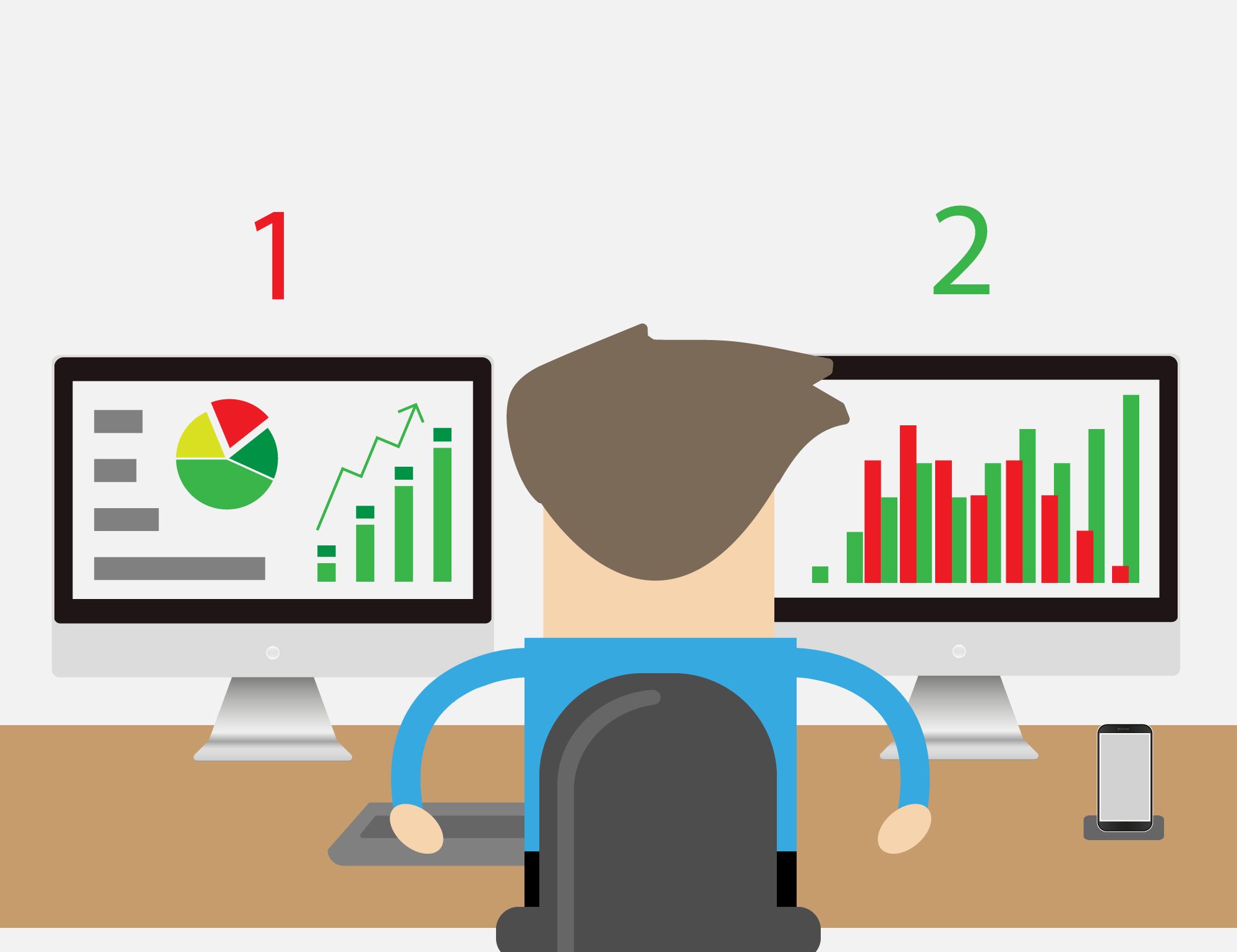Have you invested in a website, generated lots of traffic to it, and then seen no leads or sales? One of the most important elements for the success of a business website is the conversion rate. It is a metric that can determine your return of investment from your online marketing.
A conversion rate can be defined as the percentage of website visitors who complete an action such as a purchase, fill in a form or subscribe to a mailing list. As often is the case with online marketing campaigns, people often focus on generating traffic to a website but overlook the key metric that is the conversion rate.
If you have a website that attracts 10,000 users every month but produces no leads or sales, then it is not generating revenue for your business.
How can you improve the conversion rate of your website?
Below are some important tips that can greatly help improve the conversion of your business website or eCommerce store:
1. Proper Use of Call to Actions
Strategic call to actions on a website is vital for conversion. Call to actions engage and prompt visitors to take action by filling in a contact form, making a purchase or simply signing up to your subscribers list.
The most popular website call to actions include:
• Buttons
• Text links
• Popup forms
These three types of call to actions can work differently and produce different results.
Buttons can be effective on eCommerce websites and usually buttons in vibrant colors help engage visitors to make contact or to visit an online store.
It is important that you A/B test buttons on your website to ensure you maximise your conversions. Having too many buttons leading visitors to different areas of your website can have the same effect as “banner blindness” where users subconsciously ignore calls to action.
Probably still the most effective call to actions are text links. Text links are simply a link on a piece of text within your content. When visitors are engaged with your content, they are less likely to experience the “blindness” that is sometimes the case with buttons.
Popup forms can also be highly effective; however, it is important that they are used strategically to ensure an optimal user experience and to avoid a Google penalty. Popup forms are great for obtaining email addresses which can be used for your email marketing campaigns. For best results, try using popups that appear at a certain stage of a visitor’s journey through your website or when a user attempts to leave your website.
2. On-site Credibility Factors
One element for a customer that can be the difference between making a purchase or clicking off your site is trust. To build trust, there are a variety of subtle but highly effective credibility factors that can be added to your site to prove your authority and build trust with visitors to turn them into leads or customers.
These factors include:
• Customer Testimonials
• Logos from accreditations and governing bodies
• Qualifications
• Logos of leading publications where you/your business have been mentioned
Having real and positive customer testimonials on your website can boost your credibility by generating social proof. Testimonials can help people identify that your product/service can solve a problem that they have.
Logos of recognized accreditations from awarding and governing bodies of professions etc. on a website will help improve your credibility as well. If you have been mentioned or featured in a major publication, cite this on your website as well to further your authority.
3. Simple Website User Flow
When visitors land on your website looking for a product or service, they should find the information and solution they need to solve their problems. The visitor should be able to easily make contact, or in the case of an eCommerce store, proceed to make a purchase quickly.
Reducing the number of clicks needed to find products, to add to the basket, fill out the payment and delivery information and to checkout is essential for eCommerce conversions.
Website speed is also critical for conversion rates. If customers have to wait for your pages to load, they will get frustrated and click away to find other websites. Speed issues can also affect your bounce rates and time spent on site which ultimately may lower your rankings on Google.
4. Accurate Information
To improve the conversion rate on your website, you must ensure that the information about your services and/or products is accurate. If there are discrepancies in the information or inconsistencies in the content throughout your website, it can seriously affect the rate of website conversions. Accuracy of information is important for eCommerce store customer service and delivery information. For example, if you state somewhere on your website that delivery takes three days, whereas another page on your site states four days, this can cause customer confusion and raise questions about whether your company is true to its word or not.
5. Reputation Management
Have you made many purchases from a website you have never heard of before without checking out online reviews? Have you booked a hotel recently without reading reviews online? It is highly unlikely.
People will generally review companies and products for user reviews before making an informed decision to make a purchase. For this reason, it is very important that you have a reputation management strategy in place to protect your brand and to address issues that your customers may have with your services or products. If your brand has genuine positive reviews on different user generated review websites and on social media, your conversion rate is likely to rise as potential customers begin to trust your brand.
The conversion rate of a website should be the key metric in determining the success of an online marketing campaign. It should be the one element that you concentrate on to improve your online revenue.
___
by
